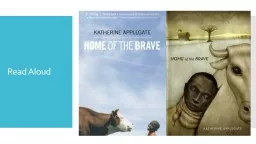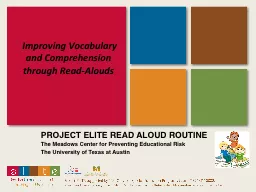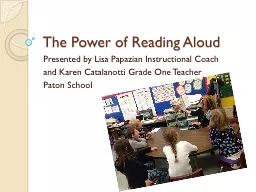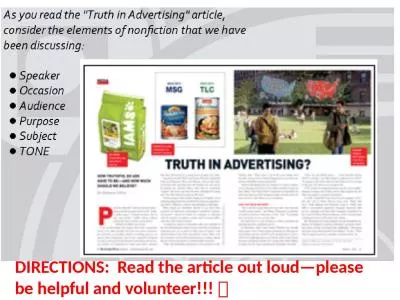PPT-Read Aloud Part to Whole: Story Elements
Author : alexa-scheidler | Published Date : 2019-06-22
Question 1 Day 1 The story mountain contains all of the story elements within a text Genre Type of story Examples Historical fiction scientific nonfiction fantasy
Presentation Embed Code
Download Presentation
Download Presentation The PPT/PDF document "Read Aloud Part to Whole: Story Elements" is the property of its rightful owner. Permission is granted to download and print the materials on this website for personal, non-commercial use only, and to display it on your personal computer provided you do not modify the materials and that you retain all copyright notices contained in the materials. By downloading content from our website, you accept the terms of this agreement.
Read Aloud Part to Whole: Story Elements: Transcript
Download Rules Of Document
"Read Aloud Part to Whole: Story Elements"The content belongs to its owner. You may download and print it for personal use, without modification, and keep all copyright notices. By downloading, you agree to these terms.
Related Documents














